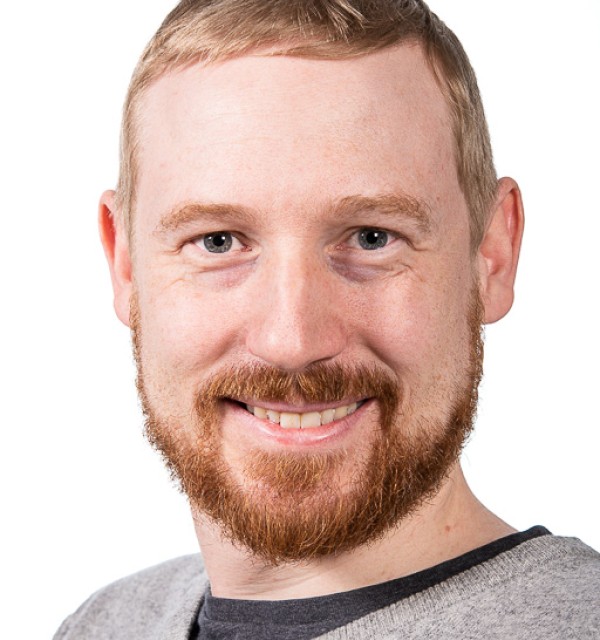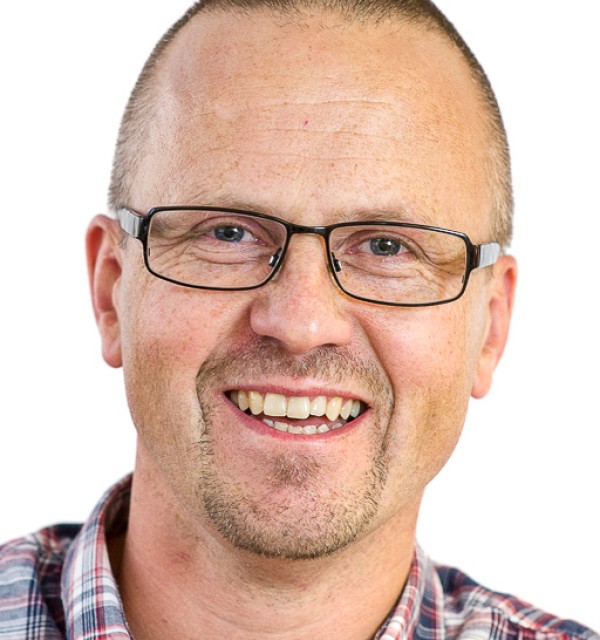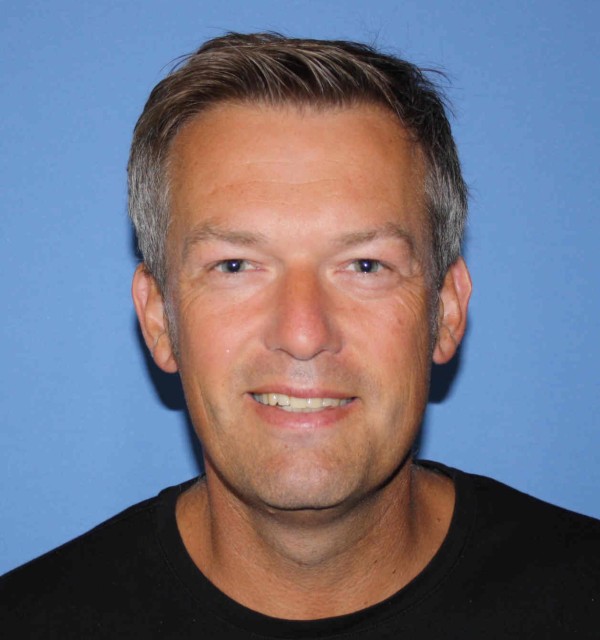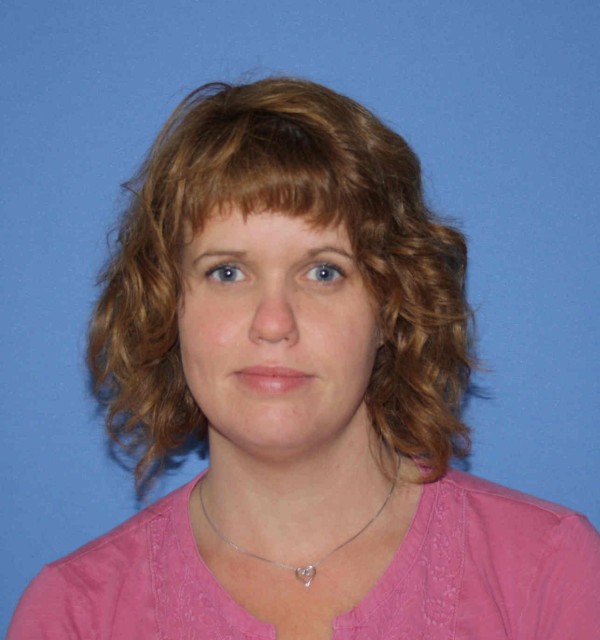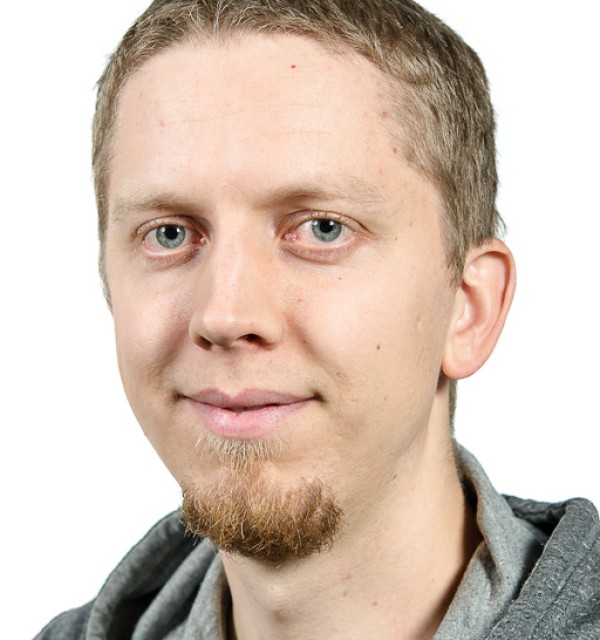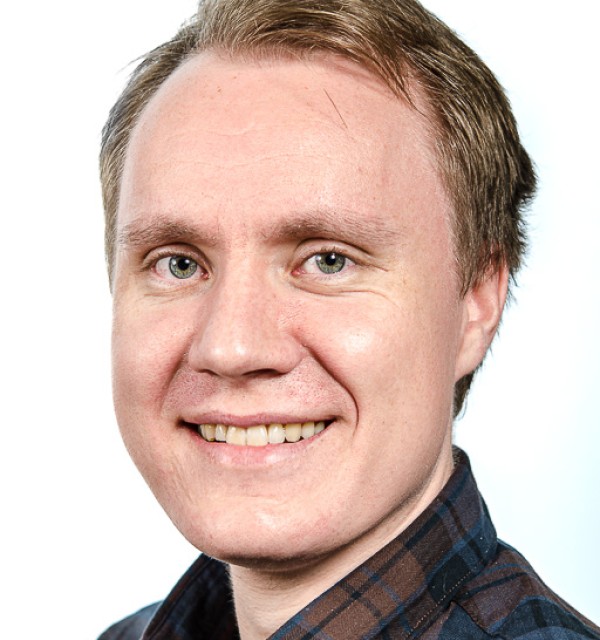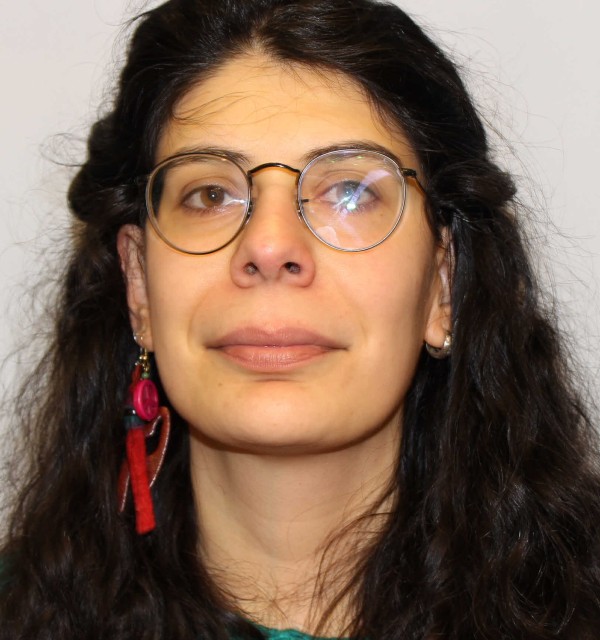We investigate the function of biological systems, from intracellular molecular networks to complex microbial communities, and use mathematical models and experimental methods to explain and predict behavior.
9
3
3
Cybernetic and Systems Biology Laboratories is part of the UiS artificial intelligence initiative, Stavanger AI Lab.
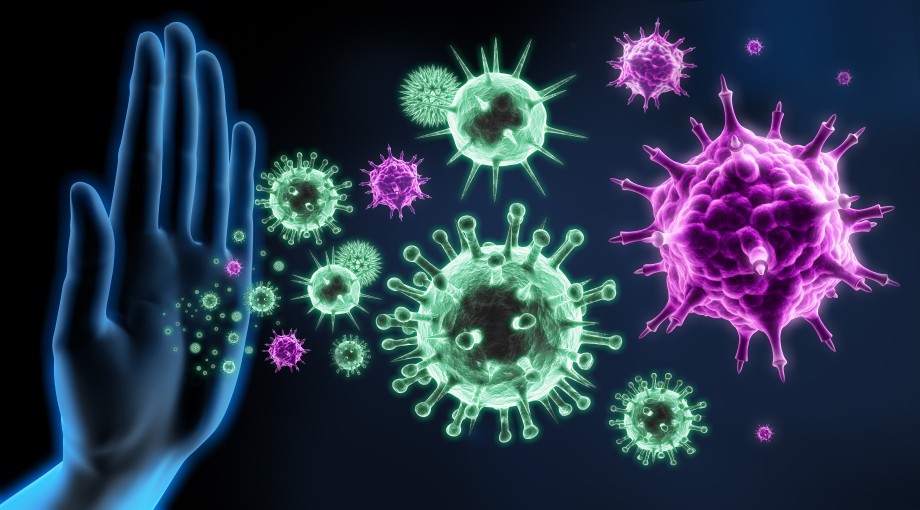
The Cybernetics and Systems Biology Laboratories is a research group lead from the Department of Electrical Engineering and Computer Science, at the Faculty of Science and Technology. The research group is interdisciplinary and works to analyze biological processes and phenomena as interconnected dynamical systems with intricate feedback and internal control mechanisms. We use a systems biology approach and employ both theoretical and experimental methods, such as mathematical modelling, simulation, and wet lab experiments.
Spread of antimicrobial resistance in wastewater treatment plants
Wastewater treatment plants (WWTP) are nodal points that receive both antibiotic compounds and antibiotic resistant bacteria from the sewage.
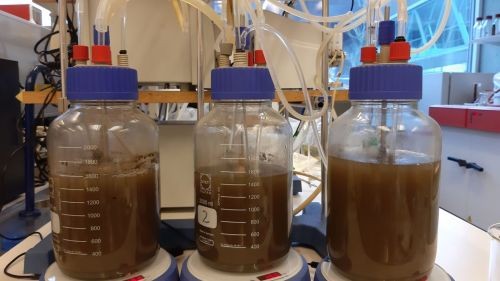
This project involves monitoring of the spread and fate of resistance genes in WWTPs. We are developing and analyzing mathematical models of spread of resistance genes in WWTP environments. Our models include the treatment processes by growth of microorganisms, and vertical and horizontal transfer of genetic elements between bacteria under different environmental conditions. Through simulation and sensitivity analysis, we elucidate which factors influence the spread of ARB and ARG.
We are also running experiments on lab scale reactors that mimic real WWTPs, and we are tracking the spread of resistance genes with markers (fluorescent and genetic) under controlled conditions, with and without antibiotic compounds in sub-inhibitory concentrations. Our work in this project aims to provide insights and better understanding of spread of resistance in WWTPs and receiving environments.
We are in this project working together with partners at Lund University in Sweden and Statens Serum Institute in Denmark. The project is also a partner project in Center for Digital Life Norway.
The project is financed in part by a JPIAMR grant from the 3rd JPI-EC-AMR Joint Call (acronym Gene-gas).
Read more about this project at Center for Digital Life and at JPIAMR.
A short presentation of some of the results in this project was given at the 2020 online JPIAMR Workshop on Interventions to Reduce the Development and Transmission of AMR. Video link: https://www.youtube.com/watch?v=ymv7E6kbPxc
Homeostatic control and adaptation in organisms
Living organisms have a remarkable ability to adapt to external environmental changes by keeping their internal environment at an approximately constant level.
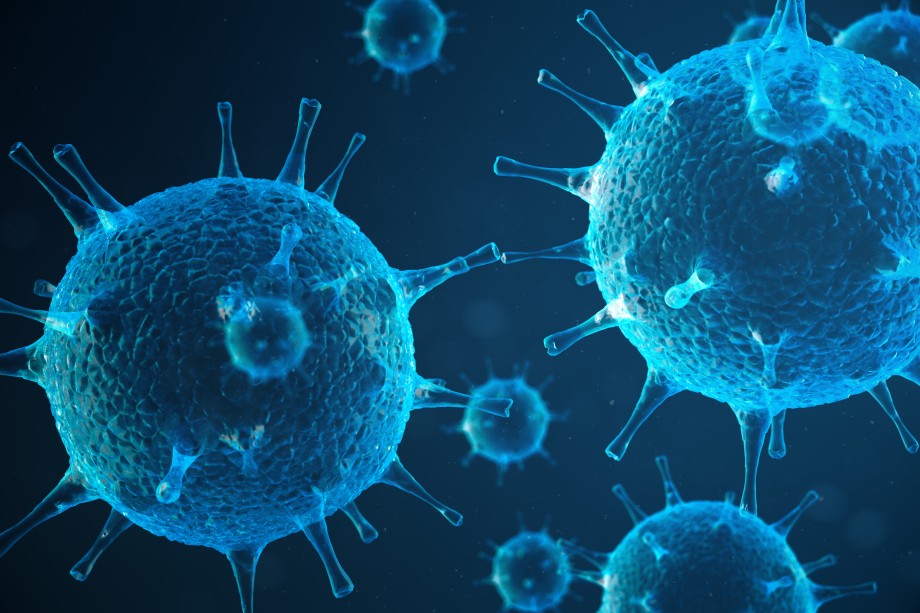
This feature is described by the concept of homeostasis, which describes the coordinated physiological processes maintaining internal stability in organisms. In our project we are focusing on using control and system theory to identify reaction kinetic and biophysical structures behind the molecular interactions. We use mathematical models to study how networks of molecular reactions can form stabilizing and adaptive properties.
Our PhD student Daniel Myklatun Tveit defended his PhD thesis within this project in September 2020.
Modeling the redirection of metabolic flux in cancer cells
Most cancer cells use anaerobic glycolysis, despite oxygen availability. This is commonly known as the Warburg effect.
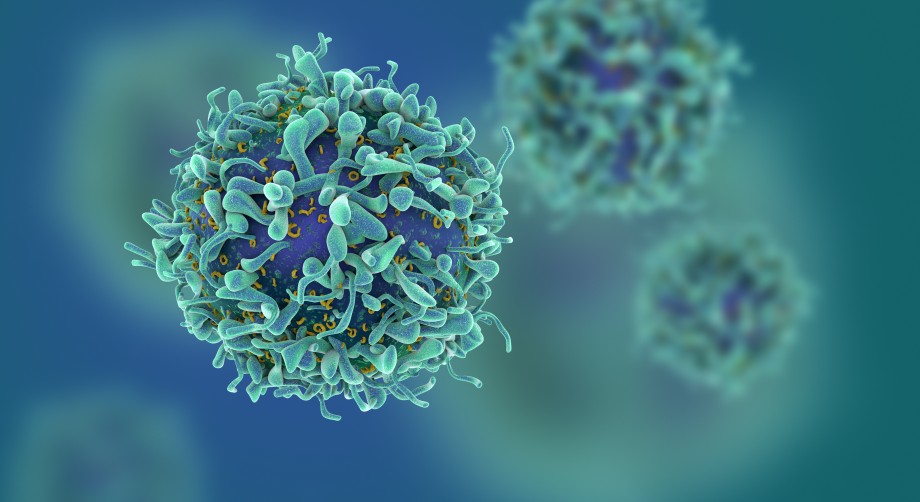
As a result, the cells produce much more lactate and less ATP per glucose molecule, than normal cells. In this project, a simple mathematical model involving a few steps of the glycolysis and the tricarboxylic acid (TCA) cycle has been established to demonstrate the redirection of metabolic flux from aerobic to anaerobic glycolysis.
Furthermore, we study how cancer cells can regulate and maintain a high sustained glucose uptake during growth. Cell growth cause dilution effects and is an example of a perturbation that increase over time. The coupling between glucose metabolism and glutamine metabolism is also explored, and how this may be linked to growth and advantages for cancer cells.
This last part is done through experimental measurements of metabolic fluxes using a Seahorse XFp analyzer. Inhibitors of key enzymes are used sequentially in customized protocols through the experiments and enables the isolation of individual pathways and the evaluation of these fluxes.
Our PhD student Gunhild Fjeld defended her thesis within this project in May 2020.
Researchers
Doctoral fellows
Department of Electrical Engineering and Computer Science
Department of Electrical Engineering and Computer Science
Department of Chemistry, Bioscience and Environmental Engineering
